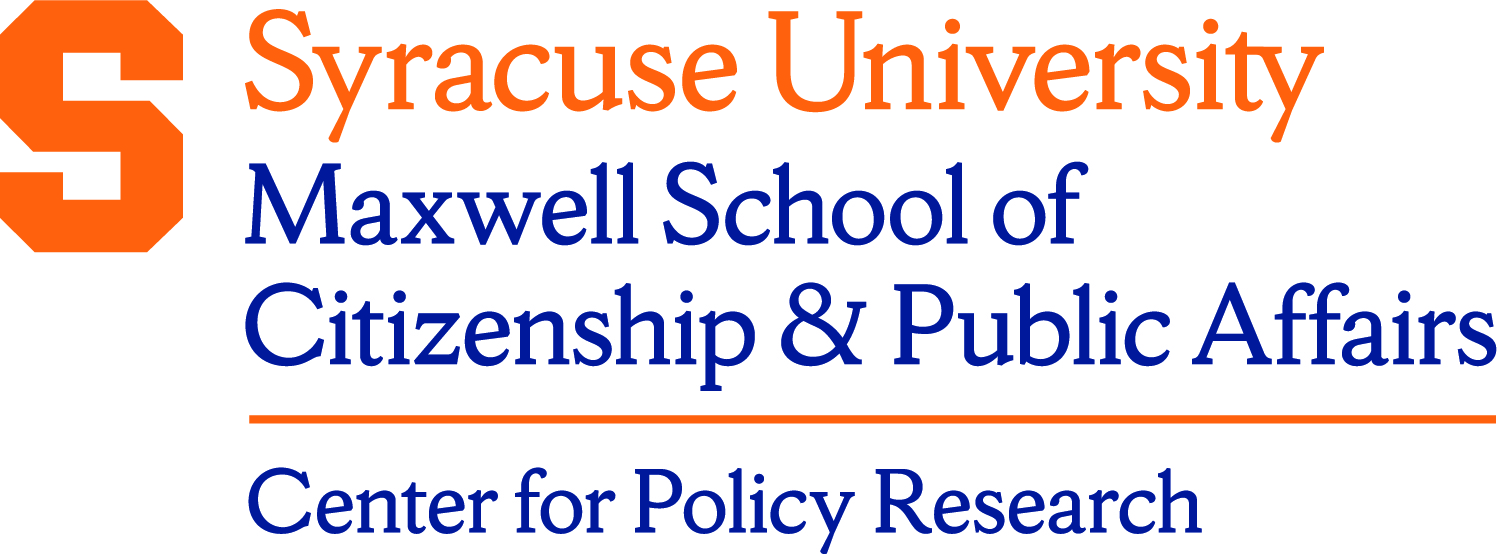Description/Abstract
In a model of occupational safety, biased perceptions of risk decrease welfare, which may justify government regulation. Bias is examined empirically by the correlation between subjective and objective risk, the former measured by self-reported exposure to death on the job. The correlation is negligible among workers with no high school diploma, consistent with underestimating risk in more dangerous occupations, and strongest among more educated workers when objective risk is specific to harmful and noxious substances, which in psychological studies rank high in dread. Biased perceptions of risk may also lead to biased estimates of value of statistical life. VSL estimates are negligible across all education levels using the all cause fatality rate, but consistently greater among more educated workers using the fatality rate due to harmful and noxious substances, upwards of $70 million and more. Optimal policy is considered, including an illustrative simulation of a risk ceiling.
Document Type
Working Paper
Date
Spring 5-2024
Keywords
Compensating wage differentials, value of statistical life, occupational safety, risk perception
Language
English
Series
Working Papers Series
Disciplines
Economic Policy | Economics | Public Affairs, Public Policy and Public Administration | Public Policy
ISSN
1525-3066
Recommended Citation
Singleton, Perry, "Risk Perception, Dread, and the Value of Statistical Life: Evidence from Occupational Fatalities" (2024). Center for Policy Research. 486.
https://surface.syr.edu/cpr/486
Creative Commons License

This work is licensed under a Creative Commons Attribution 4.0 International License.
Included in
Economic Policy Commons, Economics Commons, Public Policy Commons




Additional Information
Working Paper no. 263
The data used in this project are available online: the National Health Interview Survey at https://www.cdc.gov/nchs/nhis/index.htm, and the Census of Fatal Occupational Injuries at https://www.bls.gov/iif/oshcfoi1.htm. The author has no disclosures to report. For helpful comments, the author thanks Meltem Daysal, Monica Deza, V. Joseph Hotz, Aron Tobias, Mircea Trandafir, Nicolas Ziebarth and seminar participants at the University of Copenhagen and the annual meeting of the Society of Labor Economists. For helpful assistance, the author thanks Ehsan Dowlatabadi.